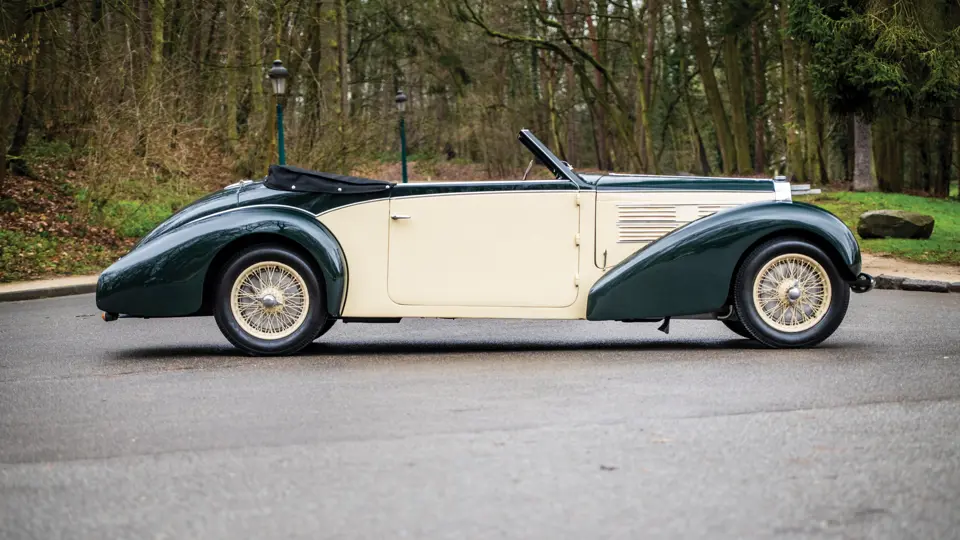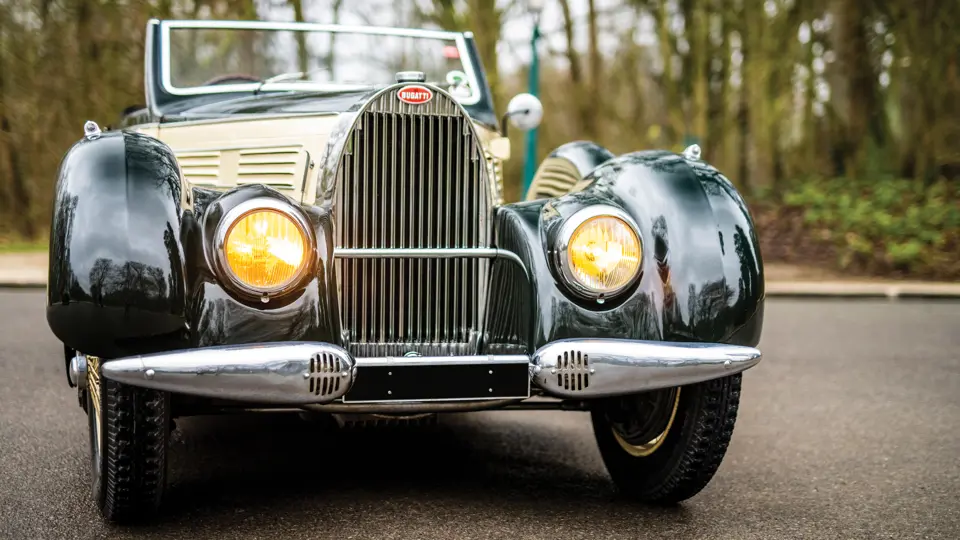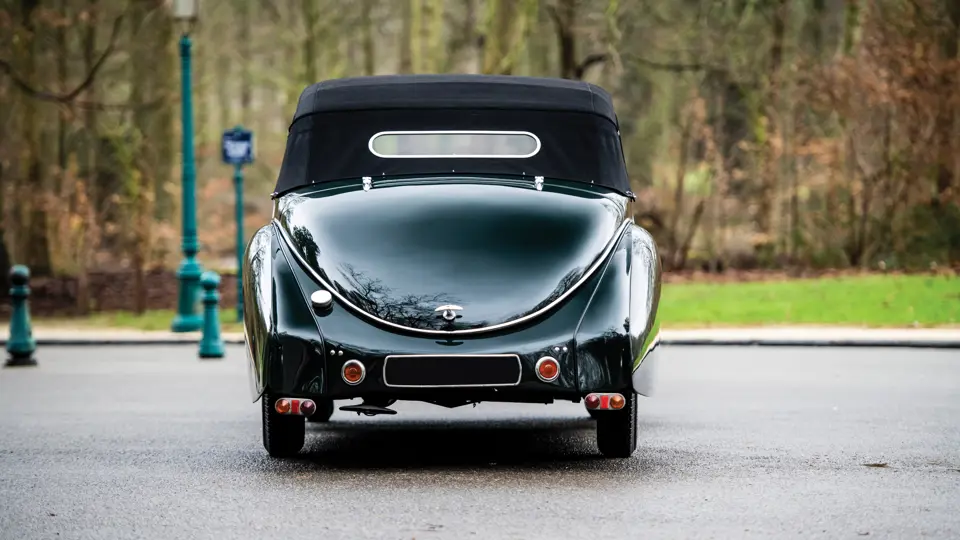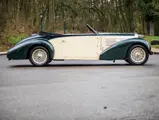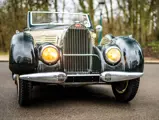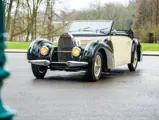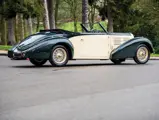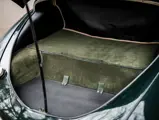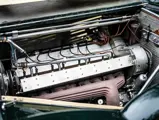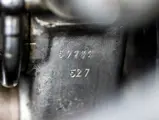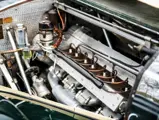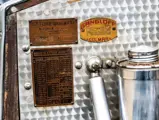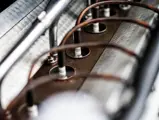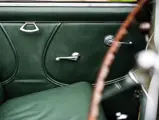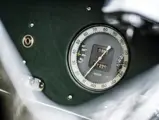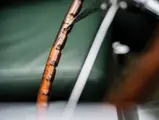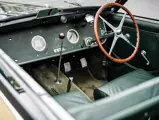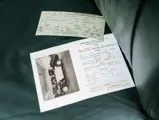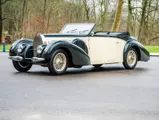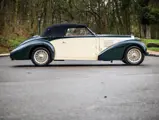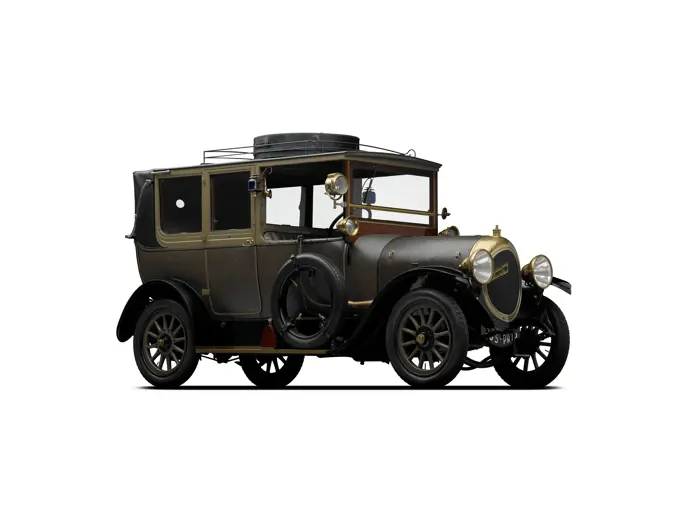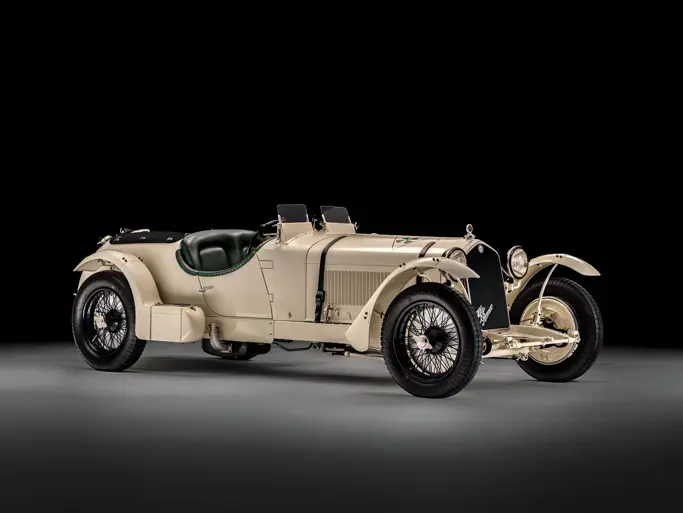
1939 Bugatti Type 57 Cabriolet by Gangloff
{{lr.item.text}}
€770,000 EUR | Sold
{{bidding.lot.reserveStatusFormatted}}
- Exhibited on the Bugatti stand at the 1939 Geneva Salon
- Company demonstrator driven by the legendary Works team driver Jean-Pierre Wimille
- One-off special cabriolet coachwork penned by Lucien Schlatter
- Retains original factory-equipped straight-eight engine
- 56 years of faithful care within the noted Quattroruote Collection in Italy
Please note that this lot will need to be collected from Brussels, Belgium.
Very few race-car drivers figure as prominently in the annals of Bugatti history as Jean-Pierre Wimille, who was recruited to the factory team as a 26-year-old sensation in 1934 in the wake of Willie Grover-Williams’s retirement and Achille Varzi’s return to Alfa Romeo. As the son of a motoring writer for Le Petit Parisien, Wimille was raised in the pits, so to speak, weaned on concepts of high-speed driving and racing strategy. His first entry in a grand prix in 1930 saw him behind the wheel of a Bugatti Type 37A, a relationship that propitiously blossomed over the following years. Wimille was a centrepiece of Bugatti’s Le Mans efforts during the late 1930s, winning the famed Sarthe race in 1937 and 1939 while piloting Type 57 “Tank” Bugattis. In more recent years, the driver’s brave participation in the French Resistance during World War II has come to light, adding even greater lustre to his legacy of derring-do.
Like many drivers of his era, Wimille was not merely a component of Bugatti’s competition concern, but an active road-car driver and representative of the marque. After all, manufacturers could not create a better endorsement of their products than having one of their best drivers use the cars about town during social forays. To this end Wimille was the recipient of several Bugattis during his career, of which the featured car was an important example. In addition to benefitting from such significant ownership provenance, this Type 57 was also a company show car before becoming the centrepiece of a major collection for 56 years.
Chassis no. 57731 was one of 11 examples built in late 1938 as an official 1939 model. The chassis was specified with unique, one-off “special cabriolet” coachwork penned by Lucien Schlatter and was dispatched to the nearby Gangloff carrosserie in Colmar, which was contracted to clothe the company’s open Type 57 models, the Stelvio and the Aravis. The resulting coachwork was quite similar to the Stelvio design, yet it incorporated several nuanced differences in its lines. Distinguishing details included a more steeply raked windshield, a single side-mounted spare, and an unusual rear deck treatment, while more common Type 57 cues were evident in the dual front bumperettes and headlamps integrated into the fenders. Differences from the Stelvio are no doubt partially attributable to the chief builder, as most Stelvios were built by Gangloff employee Schmitt, while 57731 was instead built by an employee named Zubern.
Completed in October 1938, the Type 57 was first utilised by the factory as a show car, debuting on the manufacturer’s stand at the 16th Geneva Salon in March 1939. The Bugatti was then employed as a factory demonstration car and entrusted to Jean-Pierre Wimille for his personal use. Although the Type 57’s history is unknown during World War II, the car was re-registered in Rouen, France, in 1950, according to the research of marque expert Kees Jansen. In the early 1960s it was purchased by the marque dealer Paul Sac, under whose ownership the car is recorded in Hugh Conway’s seminal 1962 Bugatti Register. In 1964 the cabriolet was sold to Italian enthusiast Gianni Mazzocchi, the founder of Quattroruote magazine, and the car went on to become a centrepiece of his important Quattroruote Collection, where it spent the following fifty years.
Refinished in a colour combination of cream and black and still retaining its original engine, the Bugatti was then acquired by the consignor in 2016, and he has continued to fastidiously maintain the car. Over the last few years, the cabriolet has been treated to a variety of maintenance measures by the consignor’s private staff, including an overhaul of the carburettors, fuel pump, fuel tank, and exhaust system. Claiming important history as a factory show car and demonstrator, and the significant ownership of the great Jean-Pierre Wimille, as well as 56 years of ownership within the respected Quattroruote Collection, and retaining its original factory-equipped engine, this impressive Bugatti is ideal for presentation at major concours d’elegance and premium motoring events. Such an important Type 57 would make a splendid complement to any pre-war collection, ideal for Bugatti enthusiasts worldwide.
Nur wenige Rennfahrer haben so sehr die Geschichte der Marke Bugatti geprägt wie Jean-Piere Wimille, der 1934 nach Willie Grover-Williams Abgang in den Ruhestand und Achille Varzis Wechsel zu Alfa Romeo als 26-Jähriger zum Team stieß. Der Sohn eines Automobiljournalisten des Le Petit Parisien war mehr oder weniger in der Boxengasse groß geworden und hatte die Idee von Hochgeschwindigkeitsfahrten und Rennstrategie quasi mit der Muttermilch aufgesogen. Schon seine erste Teilnahme an einem Grand Prix 1930 sah ihn am Steuer eines Bugatti Typ 37A; so begann eine Verbindung, die sich im Laufe der folgenden Jahre noch intensivieren sollte. Wimille war ein zentrales Element der Anstrengungen in Le Mans Ende der 30 Jahre und gewann das berühmte Rennen an der Sarthe 1937 und 1939 am Steuer eines Bugatti Typ 57 „Tank“ (Panzer). Erst in den letzten Jahren wurde Wimilles aktive Teilnahme im französischen Widerstand während des Zweiten Weltkriegs bekannt, was seinem Ruhm eine weitere Facette hinzufügte.
Wie viele Fahrer seiner Zeit war Wimille nicht nur Werkspilot in Bugattis Team, sondern auch privat Bugatti Fahrer und Botschafter für die Marke. Was konnte es für ein Unternehmen Besseres geben als einen Rennfahrer, der auch privat ein Fahrzeug der Marke für seine eigenen gesellschaftlichen Auftritte nutzte? In dieser Funktion hatte Wimille im Laufe der Jahre viele Bugatti zu seiner Verwendung überlassen bekommen, von denen das Fahrzeug hier ein wichtiges Exemplar darstellt. Neben dem berühmten Erstbesitzer wurde diesem Bugatti auch die Ehre zuteil, für das Unternehmen als Vorführwagen zu dienen und anschließend 56 Jahre in einer großen Sammlung zu verbringen.
Chassisnummer 57731 war eines von elf Fahrzeugen, die Ende 1938 als 1939er Modell gebaut wurden und war als „Spezialcabriolet“ aus der Feder von Lucien Schlatter vorgesehen. Die Karosseriefirma Gangloff im nahen Colmar, die sonst für den Bau der Karosserien der offenen Typ 57 Modelle Stelvio und Aravis verantwortlich war, schuf hier eine Außenhaut im Stil des Stelvio, allerdings mit einer Vielzahl unterschiedlicher Nuancen in den Linien. Zu den Änderungen gehörten eine steilere Wundschutzscheibe und ein einzelnes seitlich angebrachtes Reserverad. Zu den bekannteren Typ 57 Merkmalen zählten der geteilte vordere Stoßfänger sowie in die Kotflügel integrierte Scheinwerfer. Die Unterschiede zum Stelvio ließen sich bestimmt auch auf den verantwortlichen Gangloff-Mitarbeiter zurückführen. Während die meisten Stelvios aus der Hand eines Mitarbeiters namens Schmitt kamen, wurde 57731 durch einen Mitarbeiter namens Zubern erbaut.
Dieser im Oktober 1938 fertiggestellte Typ 57 zierte zunächst den Stand der Marke auf dem 16. Genfer Automobilsalon 1939, bevor er Jean-Pierre Wimille als Vorführwagen und zu seinem persönlichen Gebrauch anvertraut wurde. Zwar ist die Geschichte des Wagens während des Zweiten Weltkriegs unklar, doch wissen wir von Recherchen des Markenexperten Kees Jansen, dass er 1950 in Rouen wieder zugelassen wurde. Anfang der 60er Jahre erwarb ihn der Markenhändler Paul Sac, was auch in Hugh Conway grundlegenden Werk 1962 bestätigt wird. 1964 wurde das Cabriolet an den Gründer der italienischen Automobilzeitschrift Quattroruote und Automobilliebhaber Gianni Mazzocchi verkauft. Die nächsten 50 Jahre verbrachte der Wagen dann in Mazzocchis angesehener Quattroruote Collection.
2016 wurde der mittlerweile in cremeweiß und schwarz neu lackierte Bugatti an den Einlieferer verkauft, wie heute noch immer mit dem Originalmotor. Im Laufe der folgenden Jahre wurde dieses Cabriolet von Mitarbeitern des Besitzers entsprechend gepflegt und dabei unter anderem Vergaser, Benzinpumpe, Tank und Abgasanlage überholt. Mit seiner wichtigen Geschichte als Messefahrzeug und Vorführwagen in den Händen des großen Jean-Pierre Wimille und noch im Besitz seines Originalmotors ist dieser eindrucksvolle Bugatti ein idealer Kandidat für eine Vorstellung bei einem großen Concours d’Elegance oder einem Premiumevent. Solch ein bedeutender Typ 57 wäre eine fantastische Ergänzung jeder Sammlung von Vorkriegsfahrzeugen und ideal für jeden Bugatti-Sammler auf der Welt.





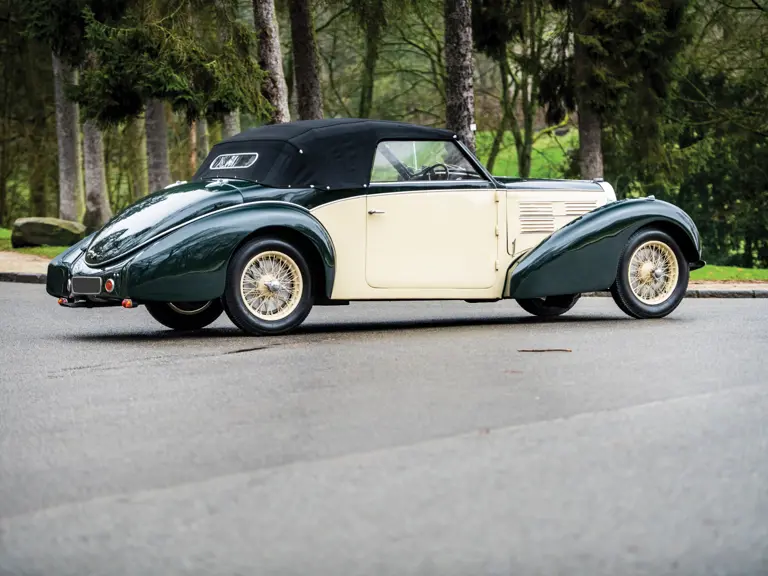
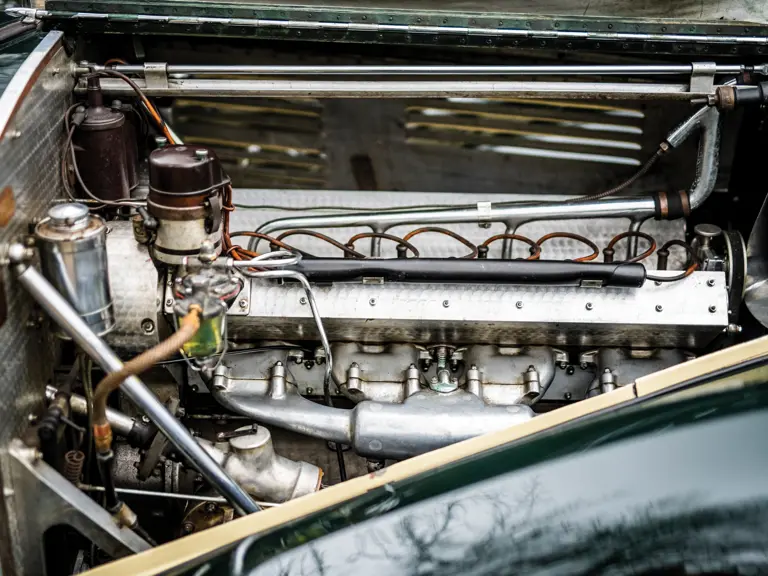


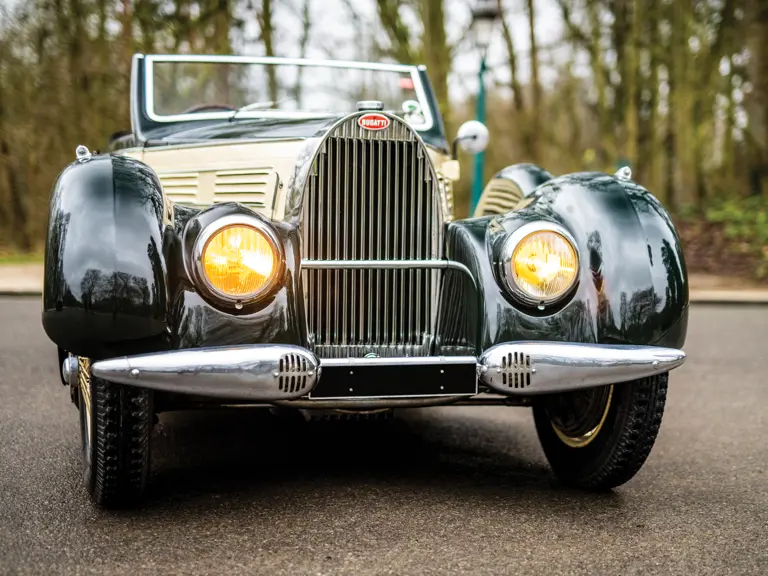
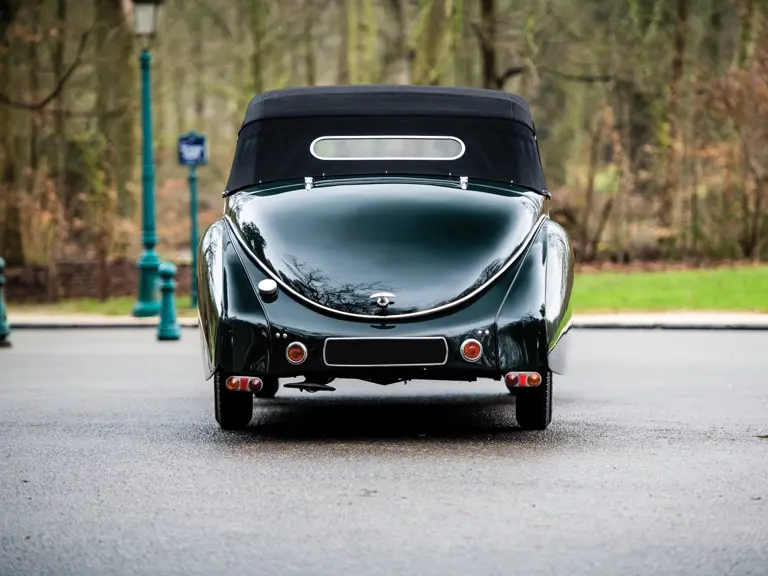
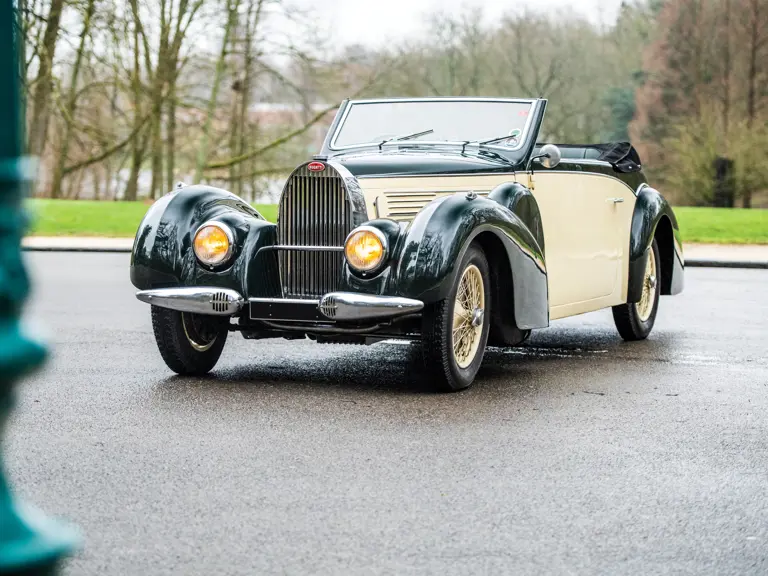
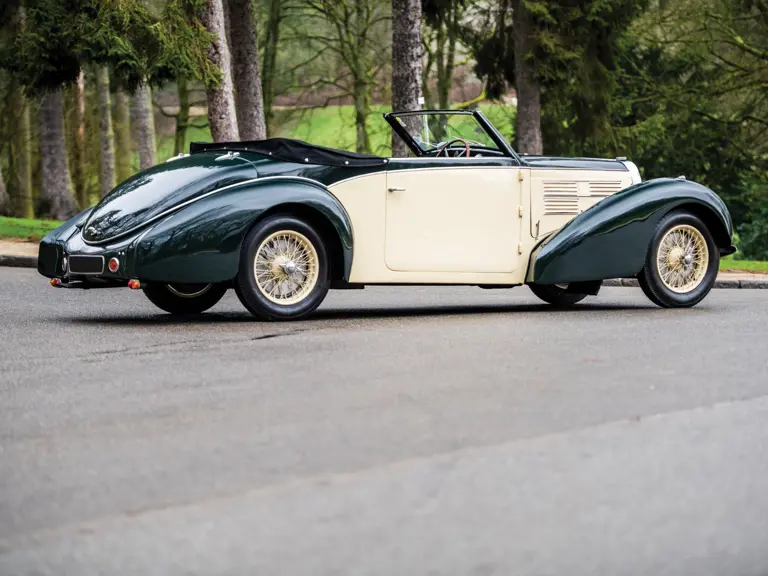
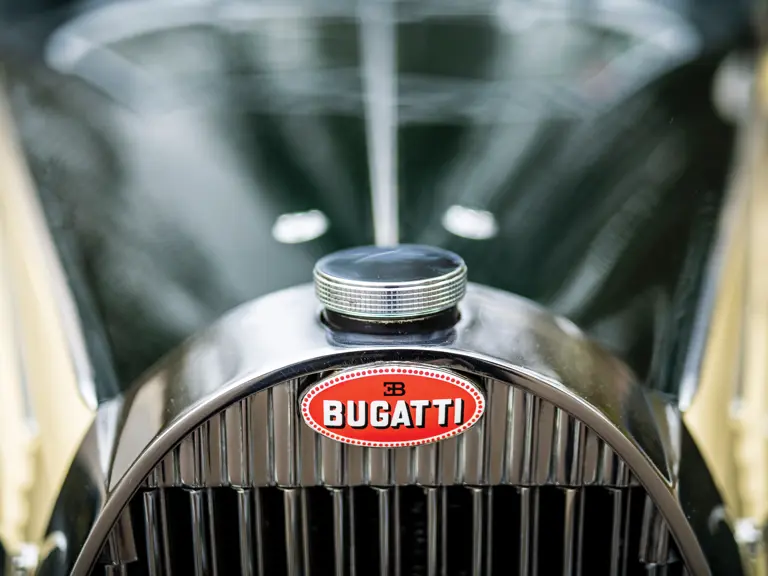
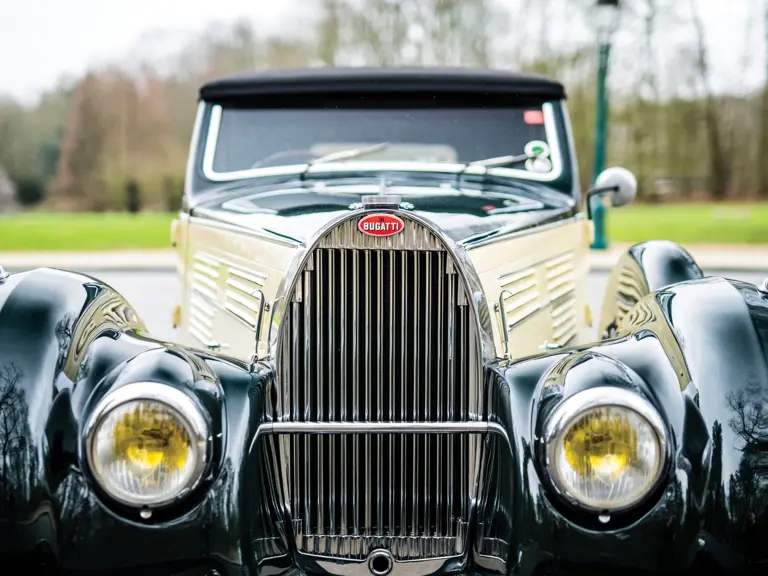
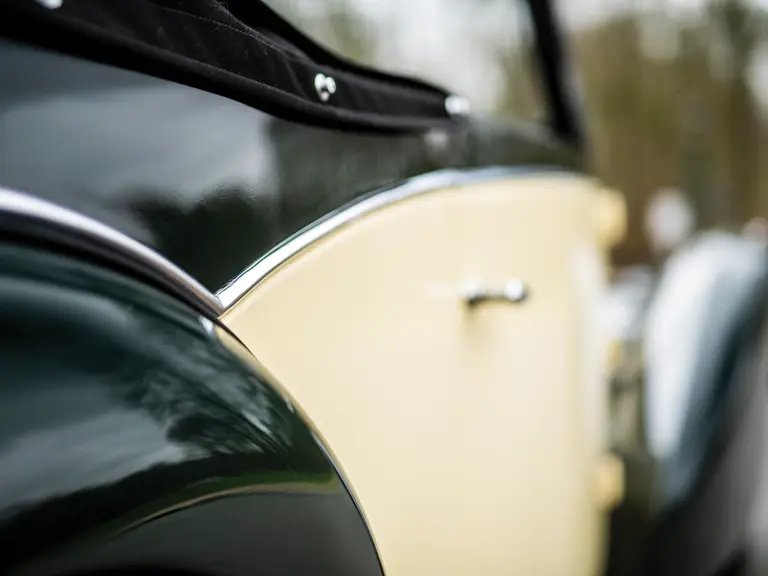
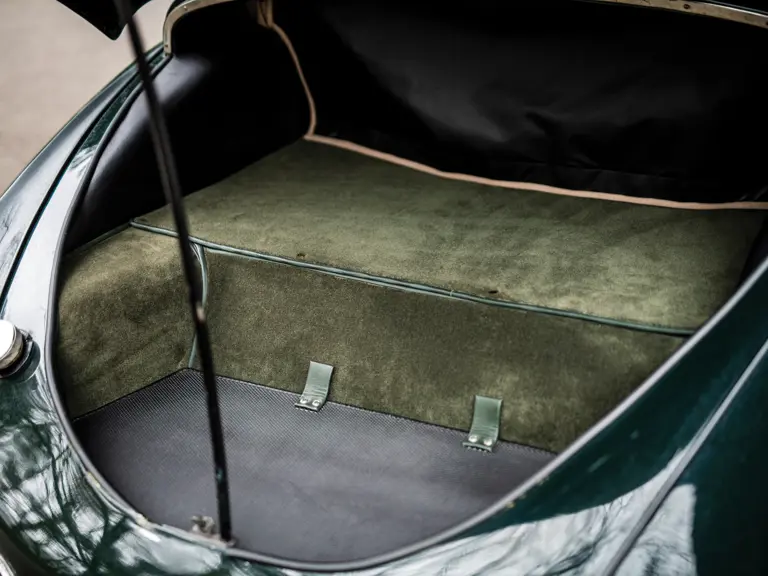
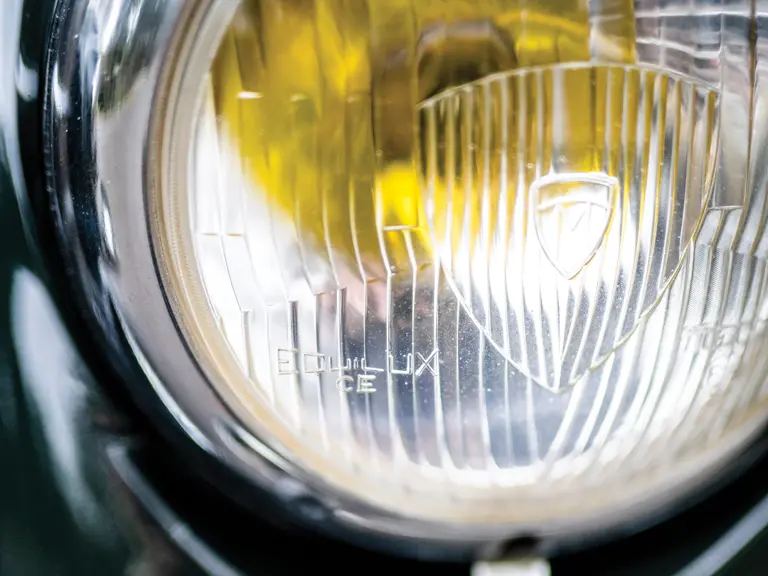



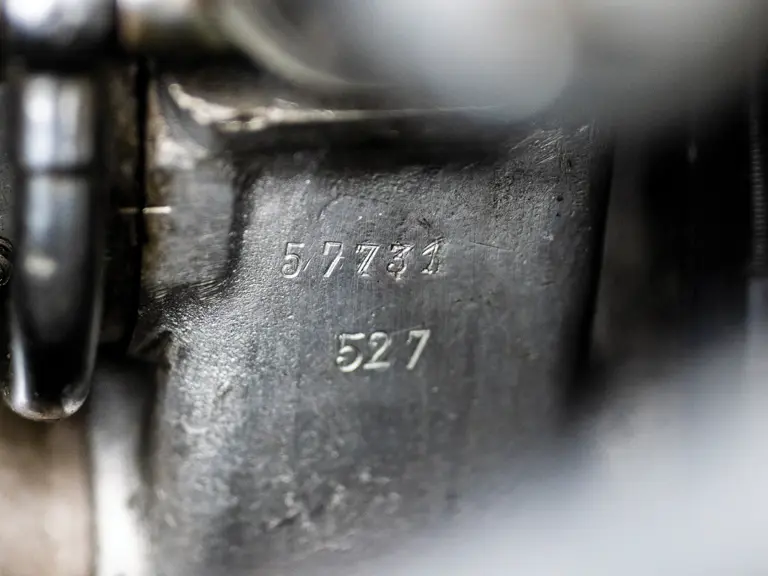
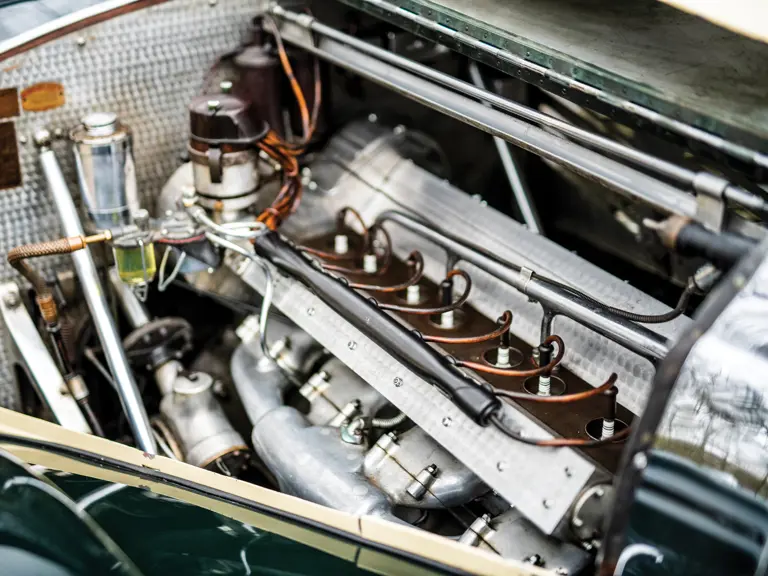
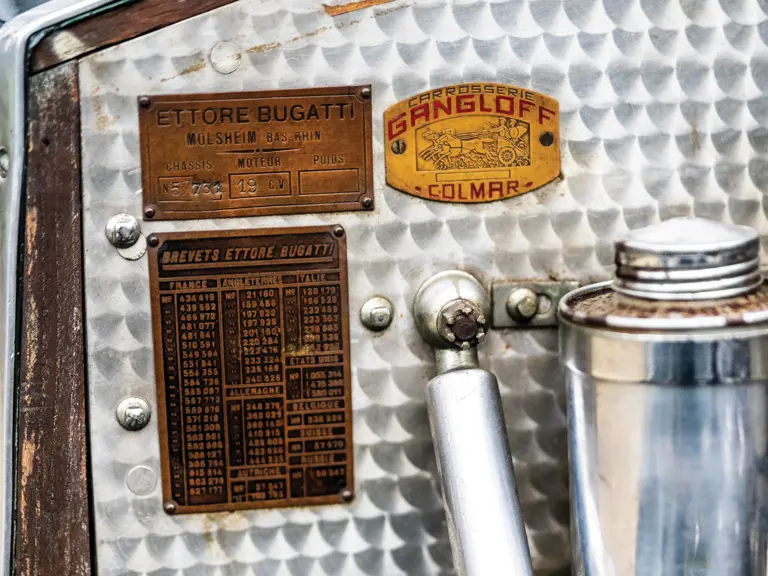
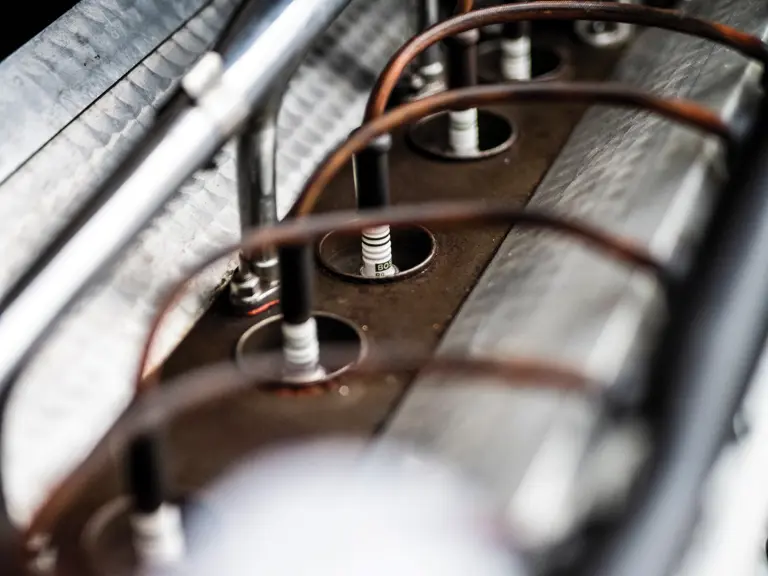
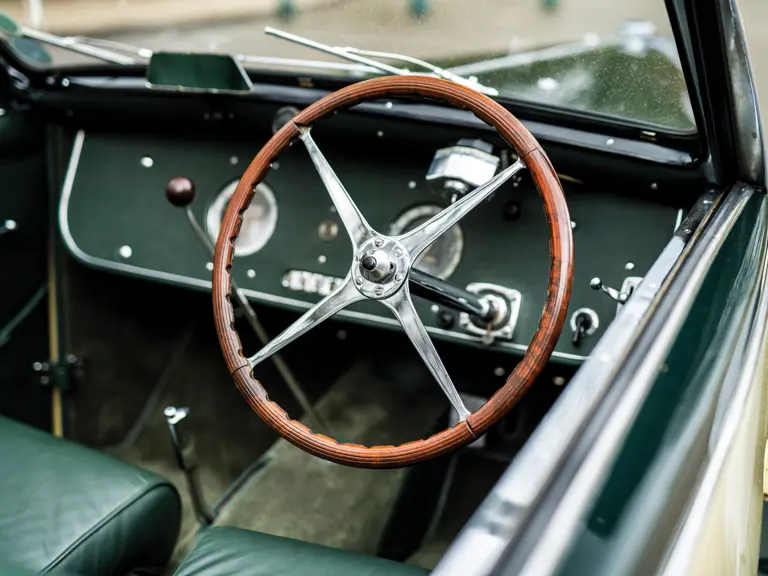

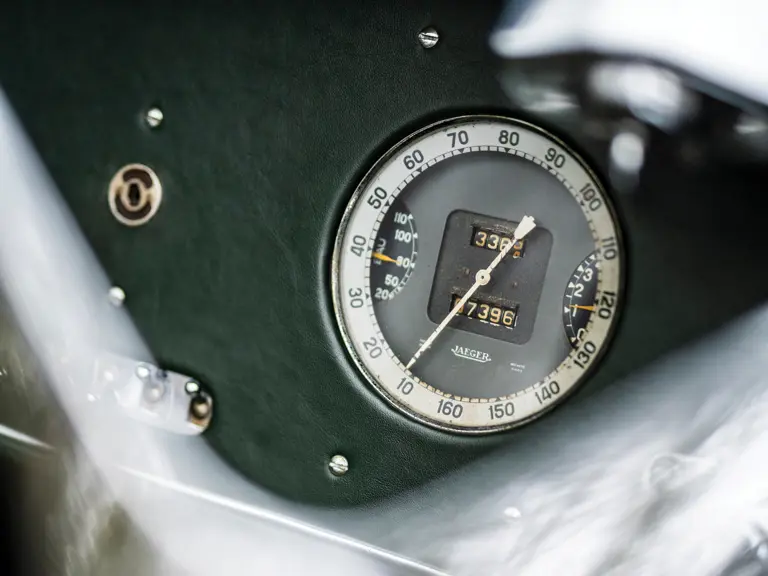

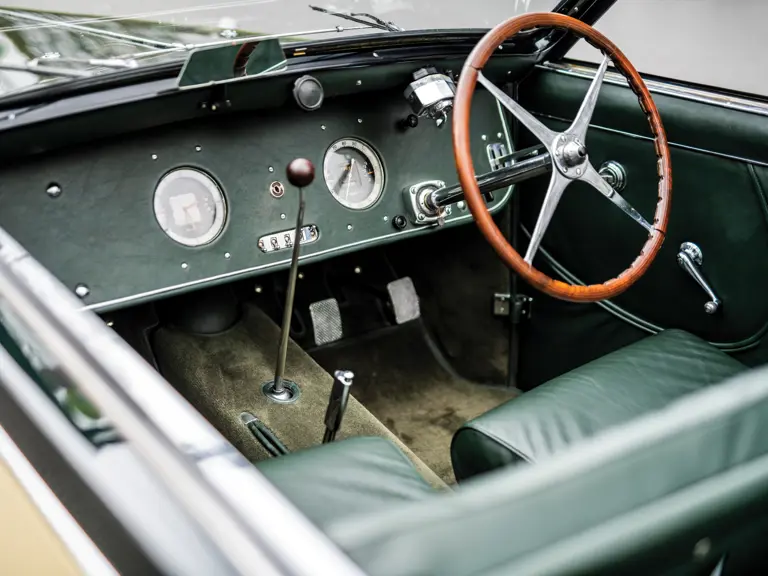
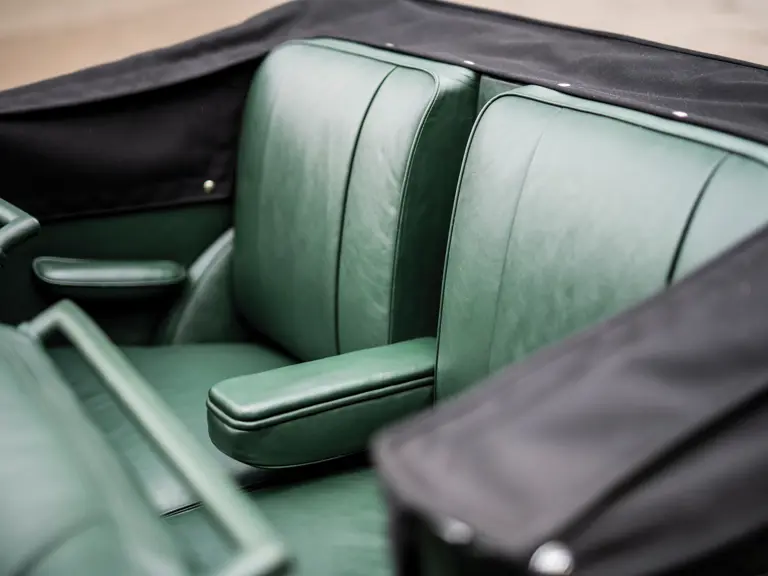

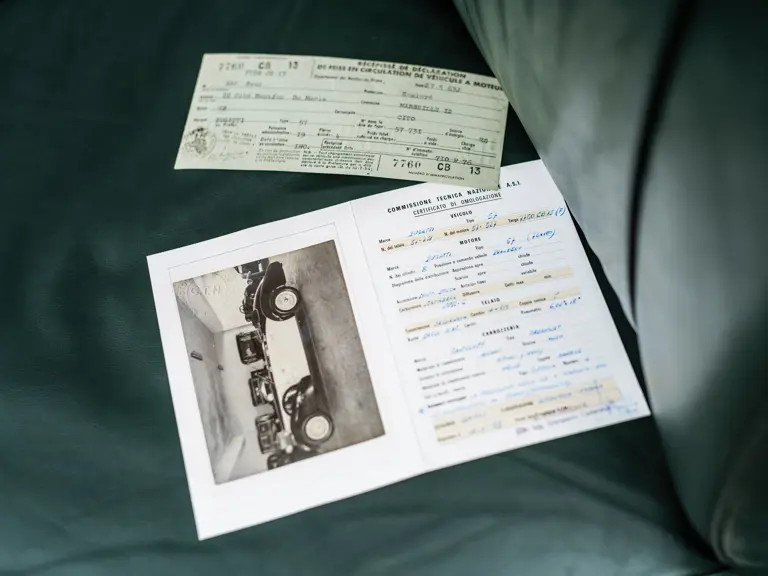
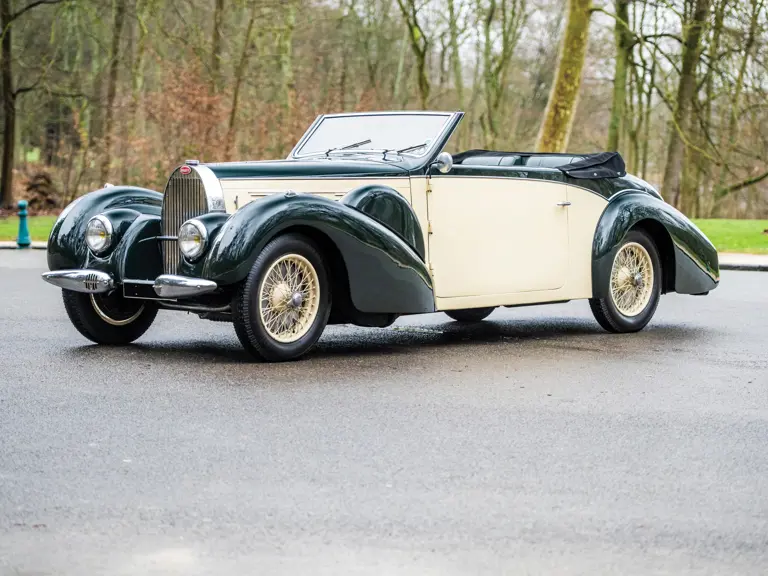
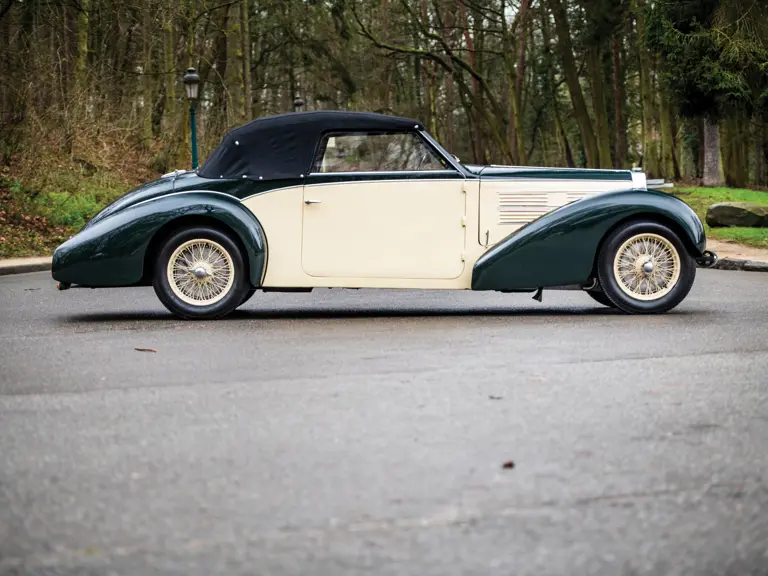
 | Belgium
| Belgium
